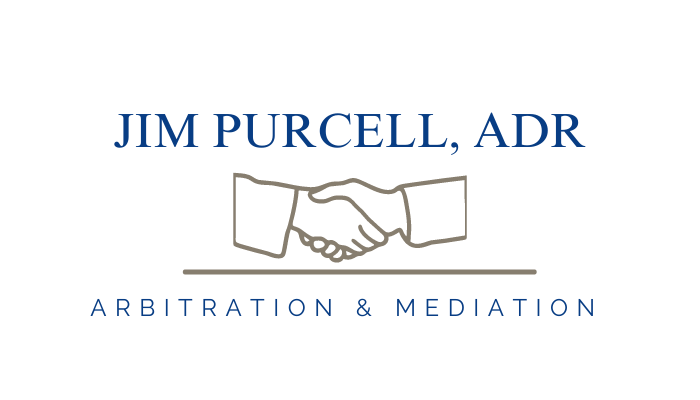 Mediation can be particularly effective for resolving disputes in the healthcare arena, but there are some misconceptions and points of confusion that can be easily cleared up with a few tricks of the trade. Knowing what to expect and how to proceed in healthcare mediation can help to maximize the benefits of the situation and increase the chances that you will arrive at a solid solution.
Mediation can be particularly effective for resolving disputes in the healthcare arena, but there are some misconceptions and points of confusion that can be easily cleared up with a few tricks of the trade. Knowing what to expect and how to proceed in healthcare mediation can help to maximize the benefits of the situation and increase the chances that you will arrive at a solid solution.
First of all, no surprises. In other words, neither the parties nor their lawyers should be surprised by anything that happens. Lawyers hate surprises, and it makes them look bad in front of their clients. Clients hate surprises because it makes them not trust the process. Lay out, in advance, exactly what the procedure will be and what is expected. It will make everything go much more smoothly. And it is respectful of the parties and counsel. It is time well spent.
Next, get into the facts, but not too deeply. What does that mean? It means that you, as a mediator, have a relatively small amount of time to facilitate a resolution of a dispute. You may never be able to resolve some of the factual disputes, but understanding what they are, you can then move onto acceptable compromises without necessarily siding with one side or the other. This is an art as well as a science. A good mediator must know the facts but only up to a point. Dazzling the parties and counsel with your knowledge of the arcane facts of the case might be tempting to the ego, but may not move you closer to resolution (and it’s expensive to spend that much time on the perhaps unhelpful details). What I’m saying here is that the mediator must have a good working knowledge of the facts of the case and the applicable law, but then move the parties toward a resolution that does not recognize a “winner” or a “loser.”
One side of the story is seldom the correct version. In many cases, healthcare conflicts go deeper than one person and sometimes involve multiple areas of the businesses. A conflict itself is usually a sign of a communication breakdown, indicating the need to dig deeper to understand the extent of the miscommunication. To the extent that you understand that, you have a tool to help you resolve the dispute.
Usually parties to a conflict come to a mediation believing fully (and in good faith) that they are in the “right” and that their recommended solution is the most appropriate one. This is not unique to healthcare disputes, of course. This is a fact of life that as a mediator you must respect, but then facilitate a change in heart through judicious use of information that you gather before or during the mediation. It’s all about giving an emotionally invested party a soft landing, gently guiding them to resolution that is not too damaging to the ego.
Lastly, don’t bite off more than you were hired to do. Don’t generate a report in the misguided belief that you are helping the parties resolve the potential for future disputes. You are not a consultant, nor are you there to give legal advice. You are there to resolve the dispute. Obviously, after the dispute is resolved, if the parties jointly ask you for assistance, you can consider that, but again, tread gently. That is decidedly not mediation, and with it comes liability issues. As for the mediation, our goal simply put, is an executed settlement agreement.

